
California has identified the golden mussel, an invasive species previously unseen in North America, in the Sacramento-San Joaquin Delta. Native to Southeast Asia, these freshwater mollusks attach themselves to surfaces to create dense colonies. The discovery near Stockton and O’Neill Forebay is raising alarms about potential ecological and infrastructure impacts. Experts warn this could lead to severe challenges, as the mussels are known for disrupting water systems and local ecosystems. California now faces the urgent task of containing their spread.
What Are Golden Mussels?
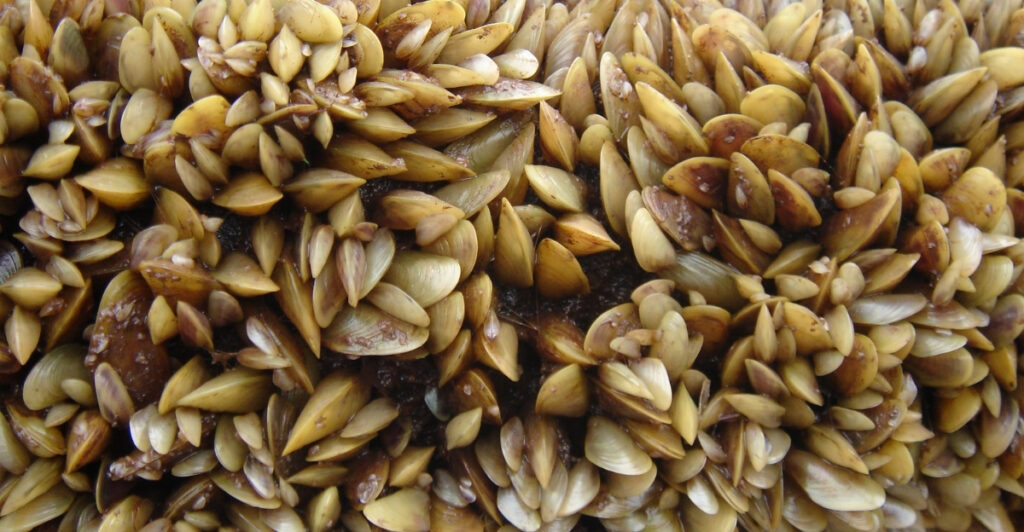
Golden mussels are tiny mollusks from Asia that thrive in freshwater environments. They reproduce prolifically, releasing microscopic larvae that spread quickly. They attach to various surfaces, from natural rock to man-made structures, creating thick clusters. Though they clean water as they filter plankton, they disrupt food chains by depleting resources needed by native species. In South America, golden mussels have overtaken waterways. Now, they’re posing a similar risk to California’s delicate Delta ecosystem and critical water infrastructure.
How Did They Get Here?
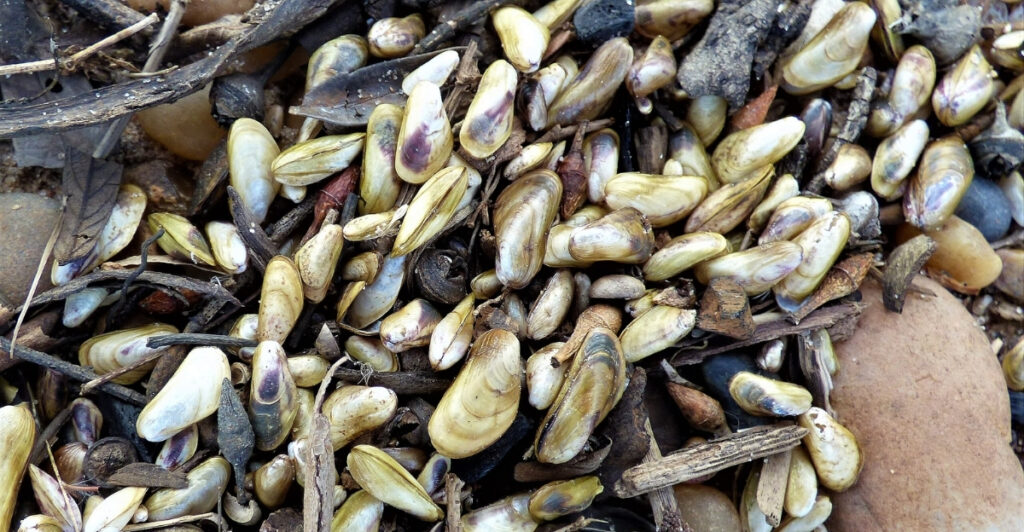
Scientists suspect that golden mussels arrived in California through ballast water discharged from international ships. Despite regulations, this can release non-native aquatic species into new environments. Once introduced, these organisms can flourish in regions with favorable conditions, as seen in California’s Delta. The mussels’ arrival illuminates the ongoing challenge of monitoring global shipping and preventing unintentional ecological disruptions. Without stringent enforcement, invasive species will continue finding their way into ecosystems unprepared for their impact.
Why the Delta Is at Risk
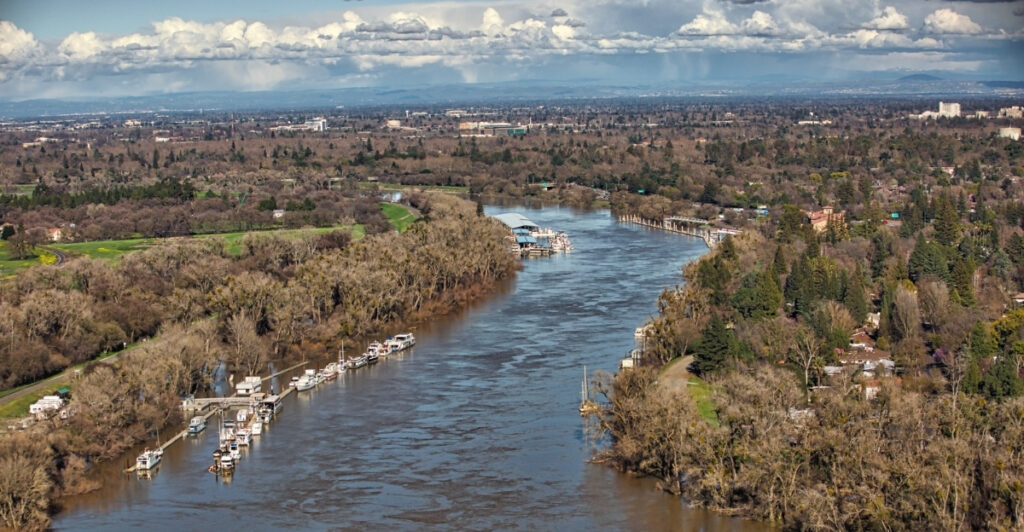
The Sacramento-San Joaquin Delta is already overwhelmed by invasive species, hosting over 185 non-native plants and animals. Golden mussels add yet another layer of strain. This estuary serves as a vital water source for millions and supports endangered species like Chinook salmon and Delta smelt. The mussels’ ability to outcompete native organisms for food and habitat could lead to further biodiversity loss. Their introduction threatens to exacerbate an already delicate balance, making the Delta an even more precarious ecological battleground.
Damage to California’s Water Systems
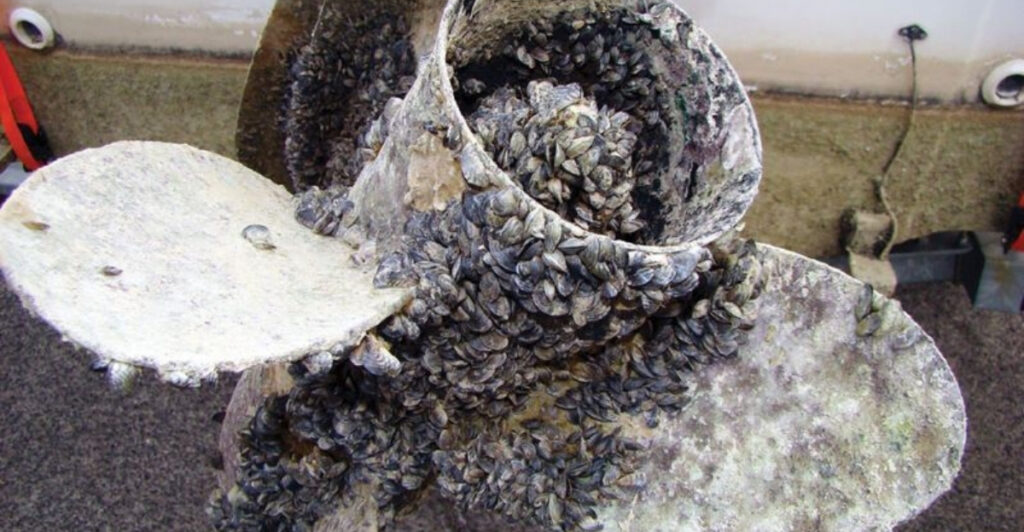
Golden mussels may pose a significant threat to water infrastructure. By attaching to pipes, filters, and pumping stations, they can cause blockages that hinder water flow. These blockages necessitate costly maintenance and repairs, potentially driving up water costs for California residents. The State Water Project, which provides drinking water and irrigation for millions, faces heightened challenges in preventing mussel-related disruptions. Officials fear these impacts could mirror those caused by quagga and zebra mussels in other regions.
Environmental Impacts of Invasion
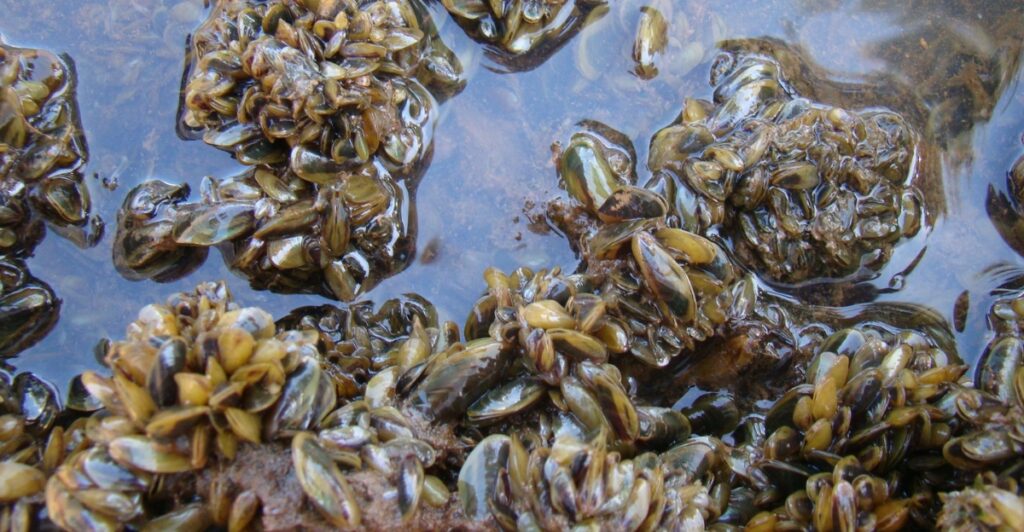
These mussels could also transform California’s aquatic ecosystems. By over-filtering water, they reduce plankton levels, leaving less food for fish and other organisms. Clearer water can disrupt ecological dynamics by encouraging invasive plant growth and decreasing nutrients. In South America, similar invasions have devastated native species and altered entire waterways. California’s Delta, home to several endangered species, risks a decline in fish populations and the collapse of its already fragile food web if golden mussels establish dominance.
Lessons from Other Invasions
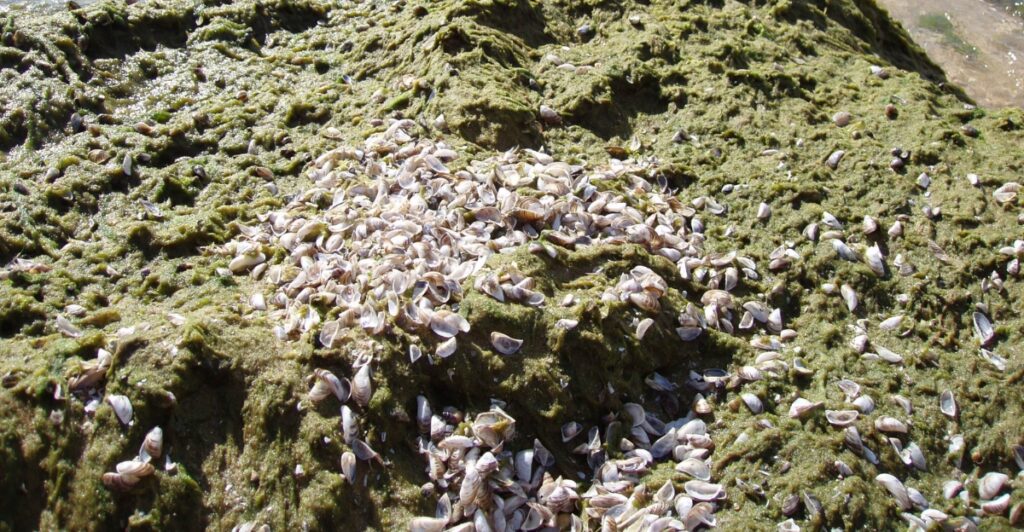
The experience of other regions demonstrates the golden mussel’s potential for devastation. The South American invasion clogged urban water supplies and hydroelectric systems while displacing native species. The Great Lakes’ invasion by zebra and quagga mussels provides further cautionary examples of ecosystem shifts and declining fisheries. These precedents demonstrate how invasive bivalves can upend ecosystems and economies alike. California hopes to avoid repeating these outcomes, but swift, coordinated action will be critical.
Containment Efforts Underway

California has launched emergency measures to limit the spread of golden mussels. Boat inspections at key reservoirs aim to ensure vessels are free of larvae before entering new waterways. Officials are also ramping up monitoring and maintenance of critical infrastructure, employing mechanical and chemical methods to remove colonies. While these steps may slow the invasion, experts warn that complete eradication may be unattainable. Early detection remains crucial in managing the spread and reducing long-term damage.
The Public’s Role in Prevention

Californians are urged to take an active role in preventing the spread of these invasive mussels. Boaters should thoroughly clean, drain, and dry their vessels after each use to avoid transferring larvae between bodies of water. Public awareness campaigns emphasize the importance of vigilance, as similar efforts have helped contain quagga and zebra mussels. Simple actions can make a significant difference in protecting the state’s waterways. Residents’ cooperation will be essential as officials work to limit the mussels’ foothold.
Native Species Face Increasing Pressure

The Delta’s endangered fish, such as longfin smelt and Chinook salmon, face heightened risks with the arrival of golden mussels. By consuming plankton and altering habitats, the mussels threaten these species’ survival. Native mussels, already struggling against pollution and habitat loss, may also suffer from direct competition. Experts stress the need to prioritize native species protection as part of broader conservation efforts. Without intervention, the golden mussel could become another major factor driving biodiversity loss in California.
Balancing Conservation and Infrastructure

Efforts to manage golden mussels involve difficult trade-offs. Chemical treatments, though effective, carry risks for water quality and other aquatic life. Mechanical removal is labor-intensive and expensive. Officials must balance ecological preservation with the need to maintain vital water systems. The costs of inaction, however, could far exceed those of proactive containment. California’s response to this invasion will likely set precedents for managing future threats as the state fights to preserve its environment and infrastructure.
A Delicate Window for Action

Experts agree that early containment is critical to minimize the golden mussel’s impact. Once established, invasive species like these are almost impossible to eliminate. California’s monitoring and intervention efforts may slow their spread, but delays could lead to irreversible consequences. Past invasions in other ecosystems have shown the importance of swift, coordinated responses. For now, California’s challenge lies in acting decisively during this narrow window of opportunity before the mussels gain a stronger foothold in the Delta.
What’s Next?
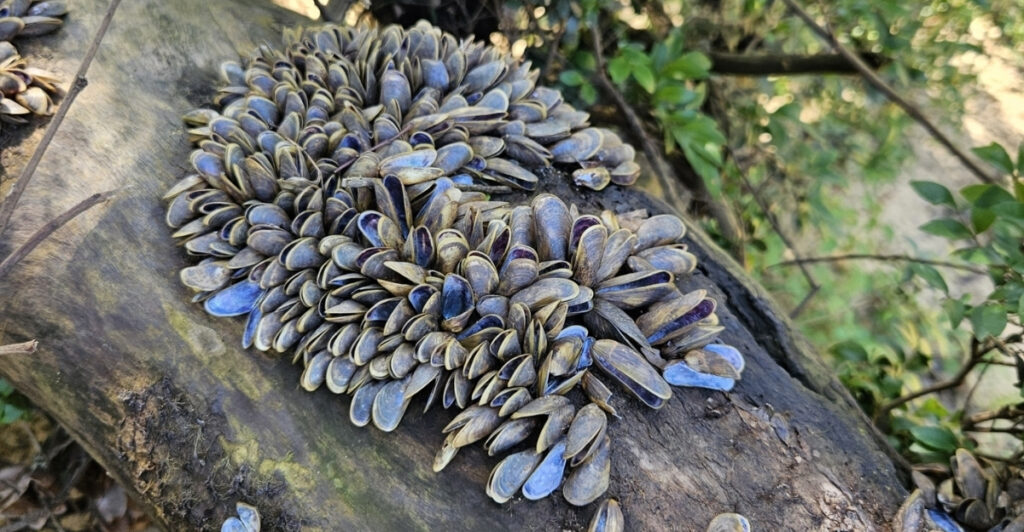
The golden mussel’s presence in California signals an ongoing battle to protect ecosystems and infrastructure from invasive species. While immediate efforts focus on containment, long-term strategies will require continued public awareness, stricter enforcement of shipping regulations, and advances in biological control methods. The state must learn from past invasions to mitigate future risks. As Californians confront this challenge, the future of the Delta—and the many lives and industries it supports—will depend on sustained action and shared responsibility.
Resources:
- CalMatters: ‘Immediate threat’: Mussel invades California’s Delta, first time in North America
- California Department of Fish and Wildlife: California’s Invaders: Golden Mussel
Stay connected with us for more stories like this! Follow us to get the latest updates or hit the Follow button at the top of this article, and let us know what you think by leaving your feedback below. We’d love to hear from you!







